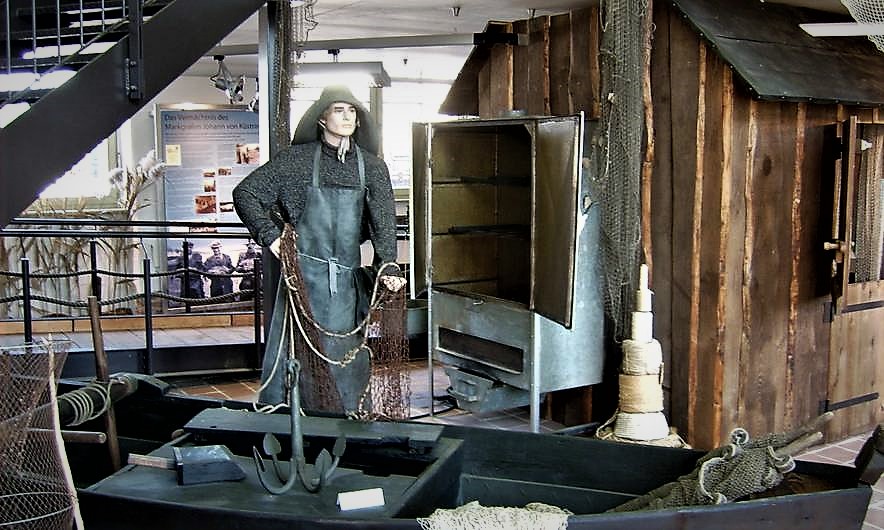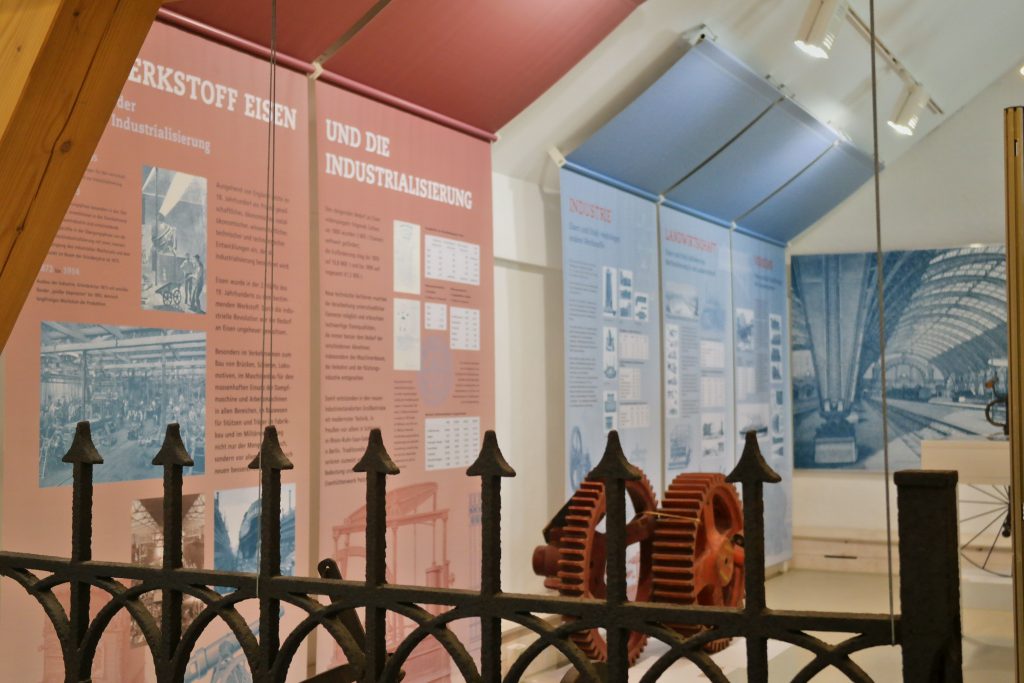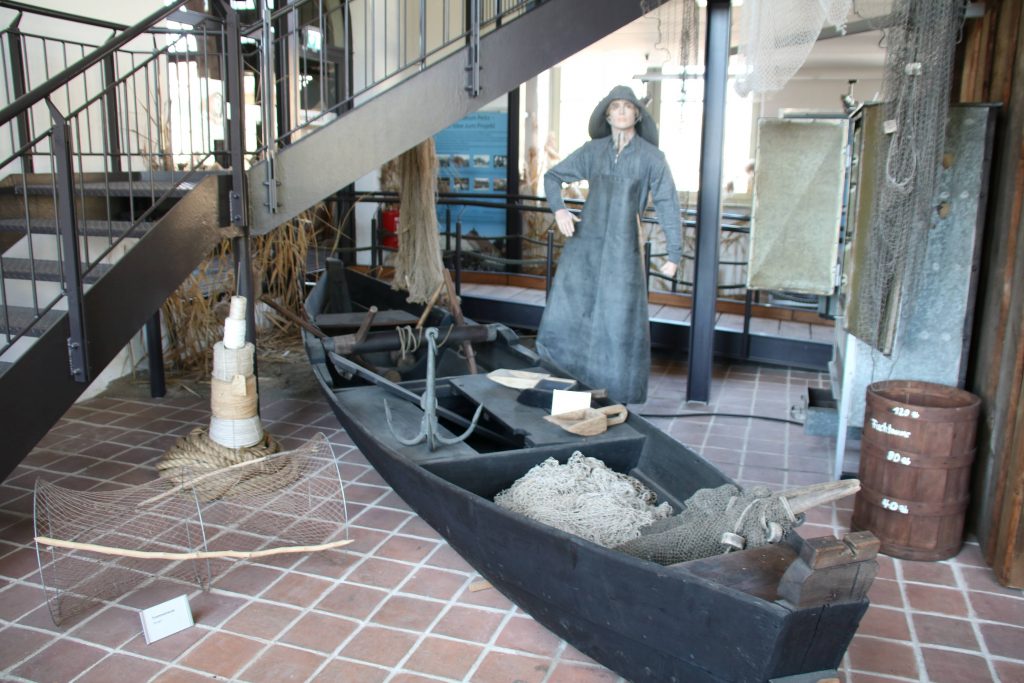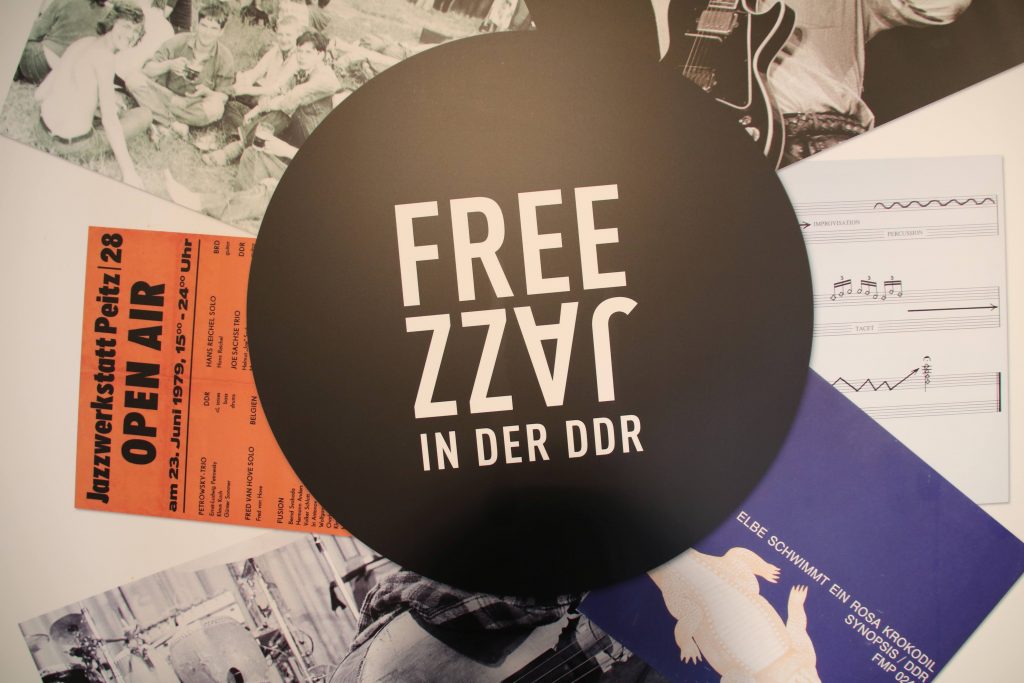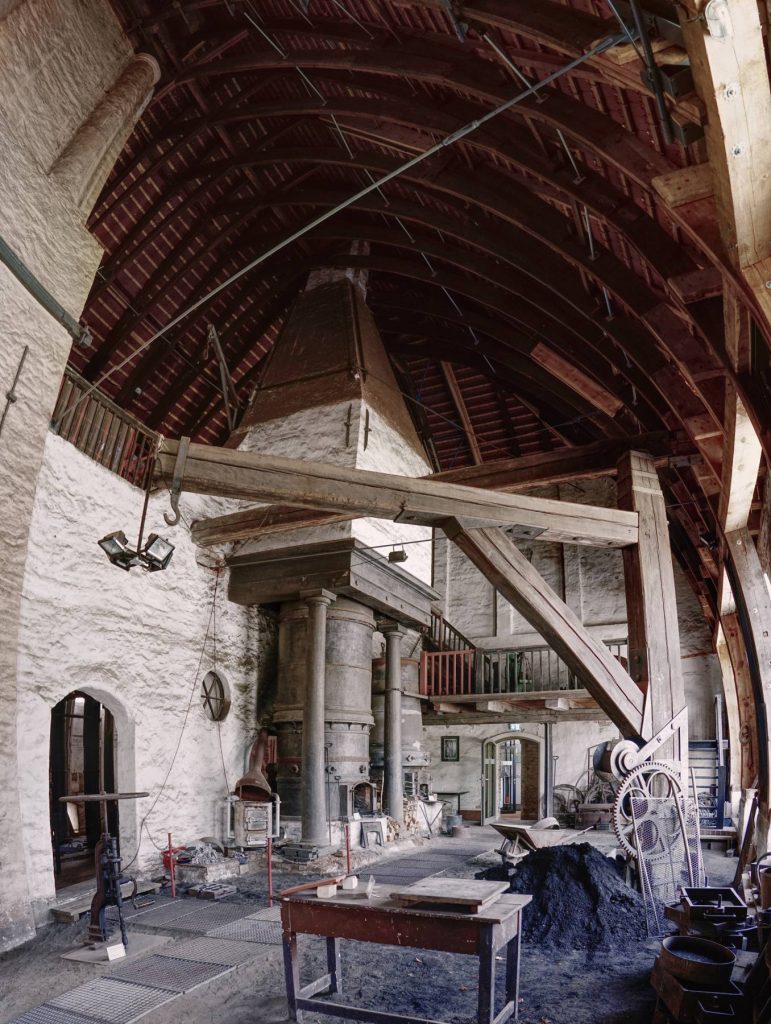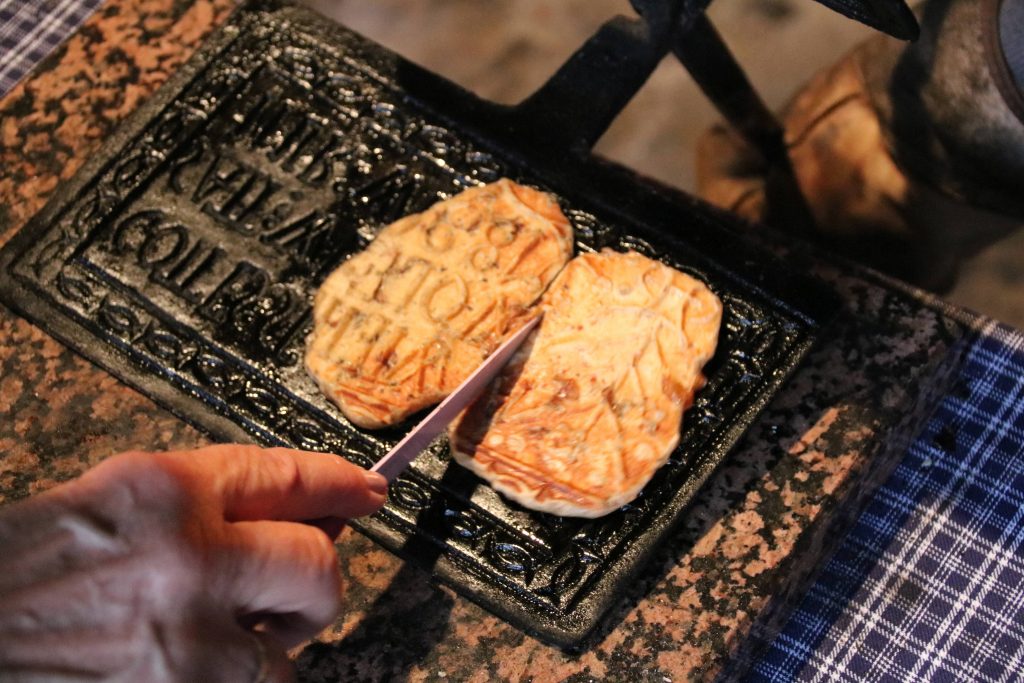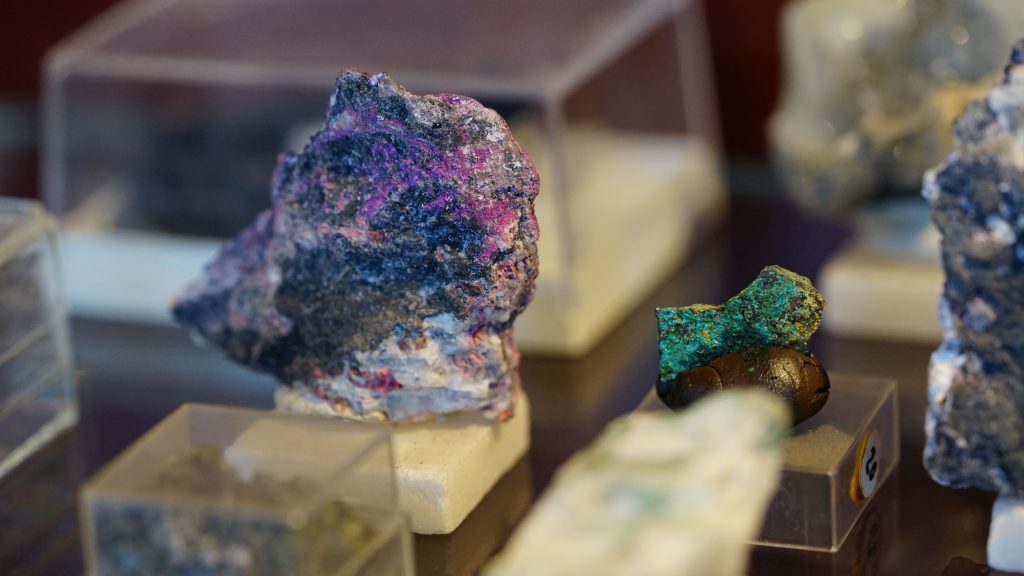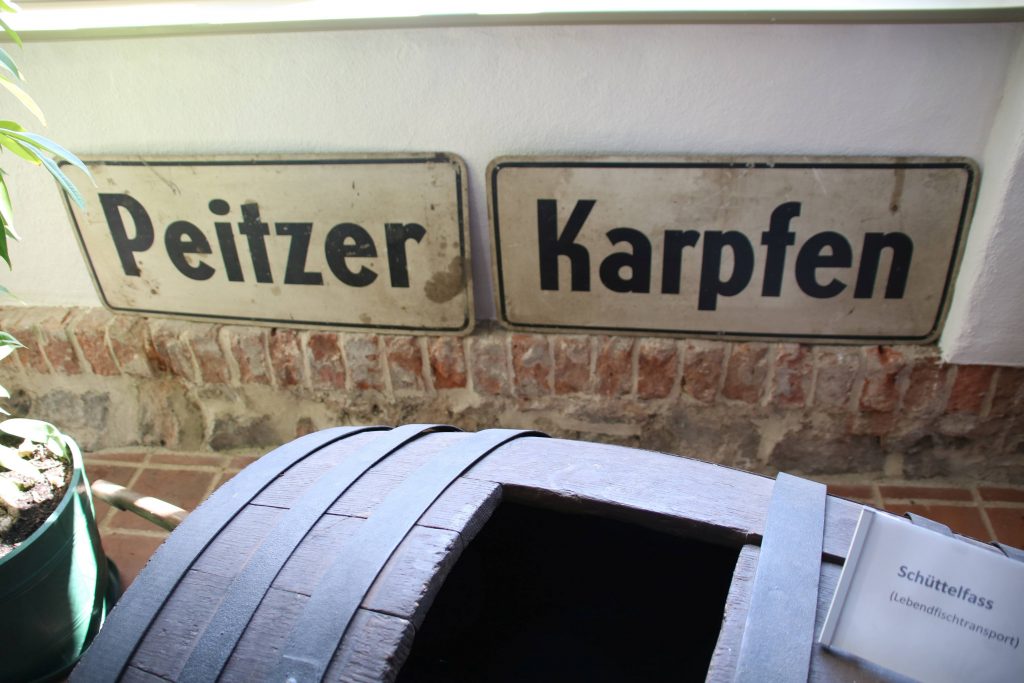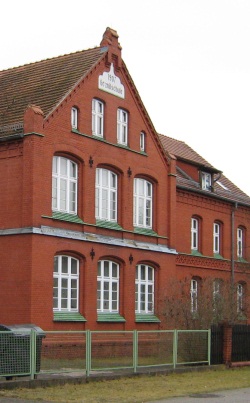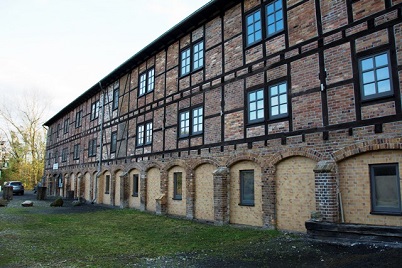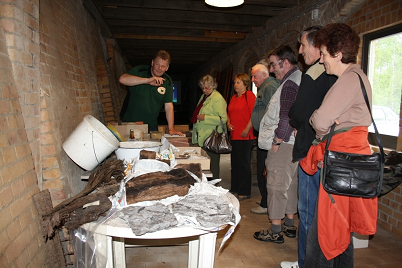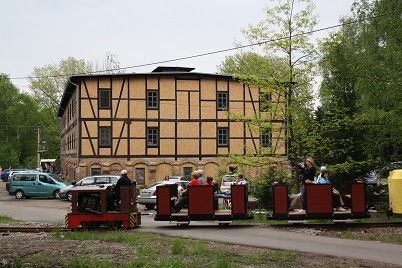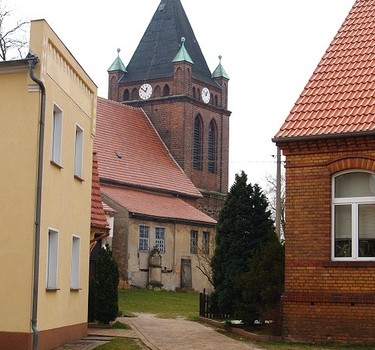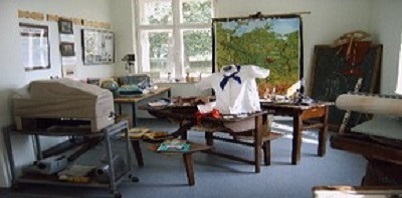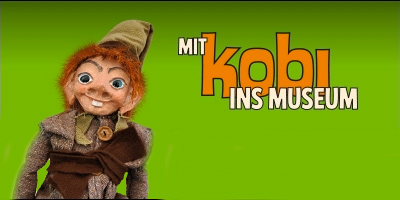Military History Museum Kolkwitz / Wójarsko-stawizniski muzej Gołkojce
Exhibitions | Offers for children

Mysterious Depths - Exhibition in the Former Protective Structure
Building / plot situation
The protective structure of the former National People's Army (NVA) of the GDR was built from 1965 and put into operation in 1967. It was used in the service system for air reconnaissance in civil and military areas (short designation: GS-31 of the 1st LVD). The main building is 42.50m long, 18.00m wide and has three basement levels down to a depth of 9.93m with 700sqm of floor space and room heights of 4m to 1.50m.
Characteristics
Since 2004, the "Kolkwitzer Bunkerfreunde GS-31 e.V." has been preserving a part of Kolkwitz's military history and making it accessible to the general public. In this way, the military history museum is also doing a bit of educational work by making it possible to descend into this once well-kept secret.
The technical equipment of the protective structure and the display of the air situation can be viewed in the underground labyrinth, as can the accommodation and supply units of the crews.
Special exhibitions / accompanying offers
The active development work of the association is constantly opening up new aspects of the exhibition, which are presented to visitors on "viewing dates with surprises", among other things. Special events and anniversaries with thematically coordinated programmes, as well as meetings of former members, are highlights of the museum's activities.
Offers for children - With Kobi to the museum
Kobi - the little house ghost - is at home in the museum. He lives there in a slipper under the stove. At midnight, he eavesdrops on the old museum pieces when they tell stories about the past. He tells these exciting stories to the museum staff, who then pass them on to the children - stories from the old, old days.
Kobi offers:
Mysterious Depths - Exhibition in the Former Protective Structure
Since 2004, the "Kolkwitzer Bunkerfreunde GS-31 e.V." has been preserving a part of Kolkwitz's military history and making it accessible to the general public. The Military History Museum is doing a bit of educational work by making it possible to descend into this once well-kept secret.
The technical equipment of the protective structure and the display of the air situation can be viewed in the underground labyrinth, as can the accommodation and supply units of the crews.
The offer takes place indoors and is aimed at
Students from grades 5 to 12.
Dates: every 3rd Saturday of the month at 9.00 a.m., 10.30 a.m. and 12.00 p.m.
Pre-registration: no
Duration: approx. 1.5 hours
Notes:
Bunker temperature is 11° C
Visits also possible at other times, advance booking then 1 week in advance






